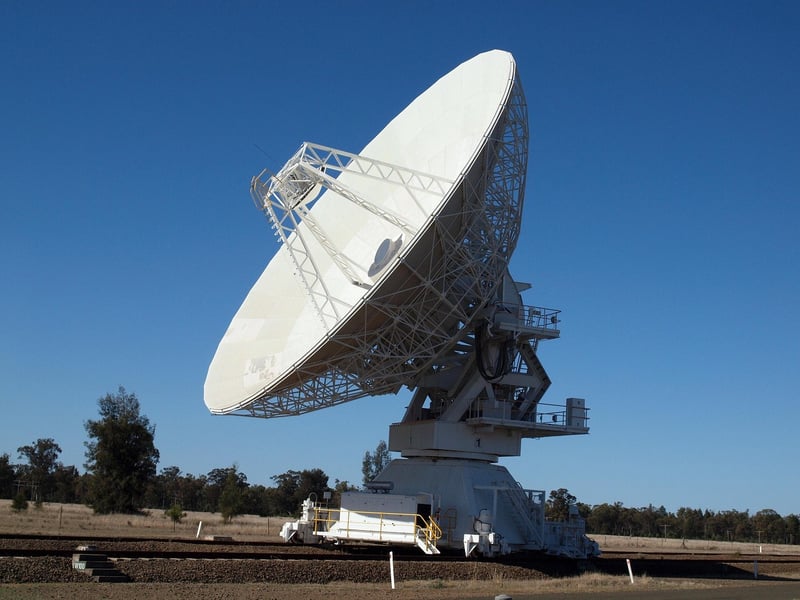Exoplanet Discovery
Unveiling the Mysteries of the Cosmos: Exoplanet Discovery

Have you ever looked up at the night sky and wondered what lies beyond our solar system? The realm of exoplanets, planets that orbit stars outside our sun, offers a window into the vast and diverse universe beyond our own backyard.
What are Exoplanets?
Exoplanets, also known as extrasolar planets, are planets that orbit stars other than our sun. These distant worlds come in a variety of sizes, compositions, and orbits, challenging our understanding of planetary systems and the conditions necessary for life.
Methods of Exoplanet Discovery
Over the years, astronomers have developed several methods to detect exoplanets:
- Transit Method: Observing the slight dimming of a star as an exoplanet passes in front of it.
- Radial Velocity Method: Measuring the wobble of a star caused by the gravitational pull of an orbiting exoplanet.
- Direct Imaging: Capturing actual images of exoplanets using powerful telescopes.
- Gravitational Microlensing: Utilizing the bending of light by massive objects to detect exoplanets.
Significance of Exoplanet Discovery
The discovery of exoplanets has revolutionized our understanding of the cosmos. By studying these distant worlds, scientists can unravel the mysteries of planet formation, evolution, and the potential for life beyond Earth.
Future Prospects
With advancements in technology and space exploration, the search for exoplanets continues to expand. Missions like NASA's Kepler and TESS are uncovering new worlds at an unprecedented rate, fueling excitement and curiosity about the possibilities that lie beyond our solar system.
Join us on this cosmic journey as we explore the wonders of exoplanet discovery and unlock the secrets of the universe.
Image Source: Pixabay
